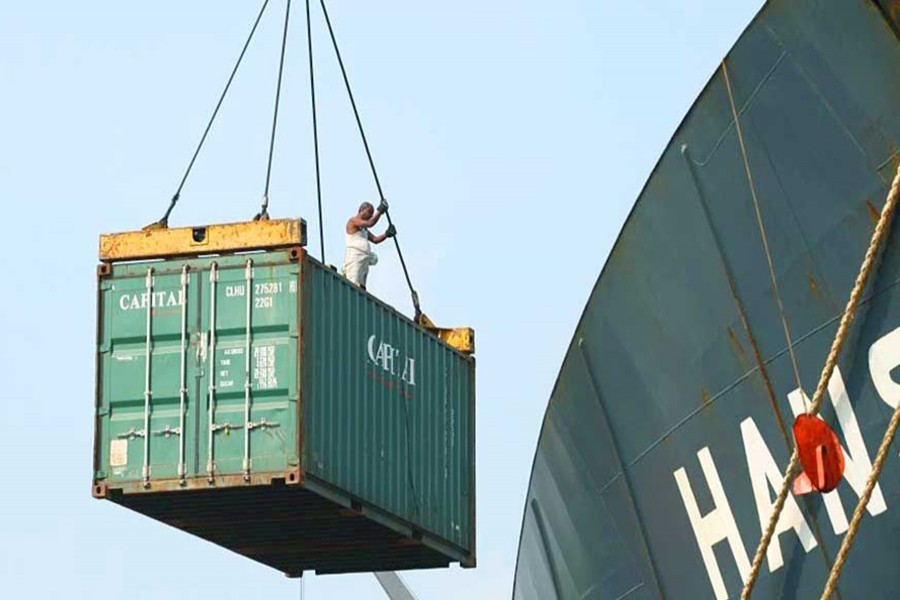The move to raise an Export Development Fund (EDF)--- one of the key export facilitating schemes of the government came at a time when the export sector needed it most. It has been learnt from reports that the Bangladesh Bank has decided to expand the size of the lending fund to Tk 5.5 billion. Meant to tackle the slowdown in export and resurgence of the Covid-19 affecting export productivity, the decision is very likely to mitigate, to a large extent, critical fund crunch facing most export enterprises, especially the mid-sized ones. It may be noted that this is the second time that the BB has revised the EDF by way of size expansion and reduction in rate of interest in less than a year-- the earlier one was in April 2020. Business communities and other concerned stakeholders consider the move a timely one that, if efficiently executed, would help ride out the prevailing sluggish trend in exports.
The Export Development Fund is a pre-shipment incentive aimed at preparing, facilitating and supporting exporters to penetrate the global market. The incentive is available to exporters at a reasonably low rate of interest. It also provides support for product development and access to international markets. The latest move, beside expanding the size of the EDF, has reduced the rate of interest too. Exporters of the manufacturing sector can now avail loans at 1.75 per cent instead of the previous rate of 2.0 per cent, according to a central bank notice. Banks which are the operatives of the fund will receive the fund from the Bangladesh Bank at 0.75 per cent interest rate and will be allowed to charge a maximum of 1.75 per cent in interest from borrowers. Coverage of the fund now extends to export enterprises in the Export Processing Zones (EPZs)--- to both hundred per cent foreign owned as well as joint venture firms with the additional facility of availing foreign currency loans from the fund.
One of the problems associated with the EDF was the short period within which repayment had to be made. This period of repayment -- three months from the date of disbursement -- has also been extended to six months. Though temporarily done because of the pandemic-induced circumstances, this is also a welcome decision according to business leaders.
Regarding execution of the EDF, one feels that the key factor to determine loan disbursement mechanism ought to be identification of the true status of the enterprises as prospective loan seekers. Since the fund is strictly meant for export facilitation of exporting firms, there must not be any scope for loan disbursement to firms that do not qualify as per BB guideline. At the same time, there is a critical need for bringing small and medium exporting firms under the ambit of the EDF, which are the worst victims due to the pandemic, and being under severe fund crunch, they can hope to rebound with the EDF benefit.


